

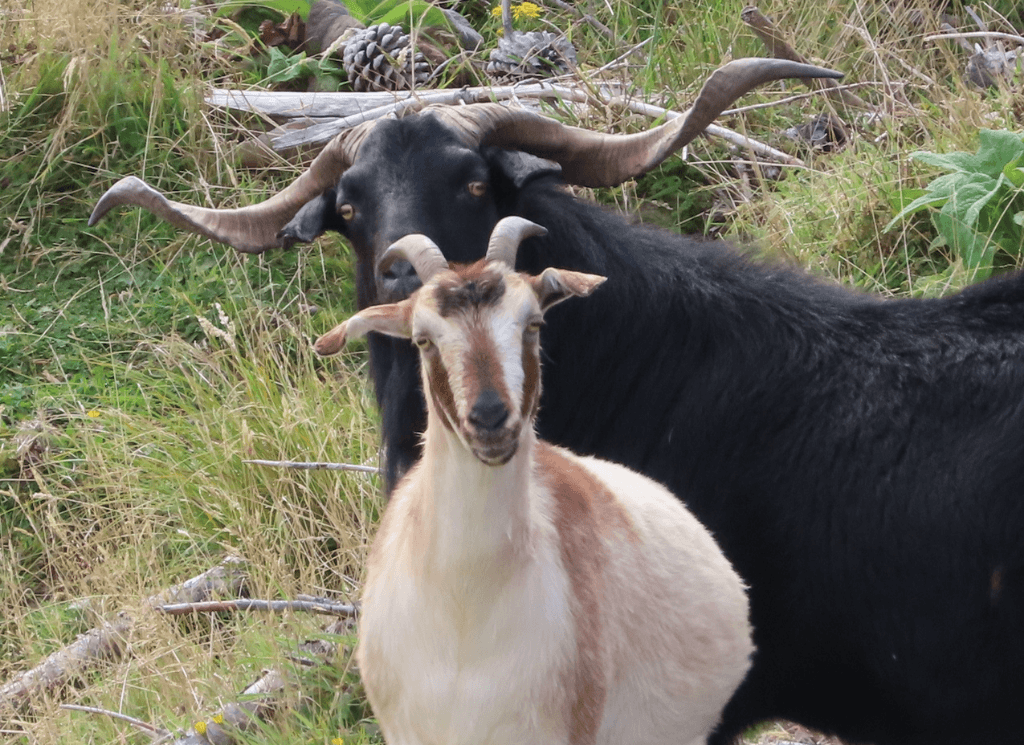
Hunting Experiences
30 November 2021
Poronui Hunting’s estate offers visiting clients four deer species and two horned trophy species. The horned options are New Zealand billy goat and Arapawa wild ram. While neither of the horned species is the main reason hunters come to Poronui, both are keenly sought after in their own right when sighted on the hill. Most Poronui clients take the horned double during a visit.
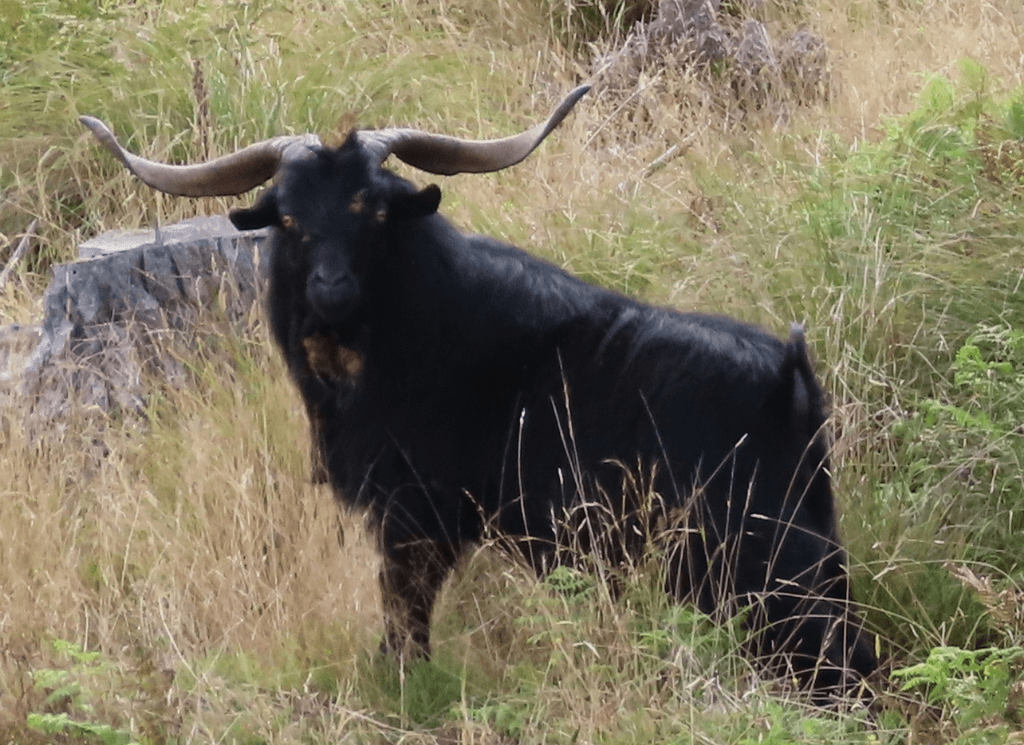
First, some information about New Zealand’s goats.
When Europeans first came to New Zealand there were no large mammals, and amongst the first creatures introduced by explorers and, later, early settlers were goats. Hardy and adaptable, they provided meat, milk, and, later, in the case of angora goats, their fleece. The wide variety of breeds intermingled when goats escaped and went feral. Common colors that harken back to their introduction are black, brown, or grey in Otago, white in much of the North Island, and colored tans and yellow through the rest of the country. Those with angora blood running through their veins had the best chance of producing consistent trophy heads, as wide horns are an angora characteristic.
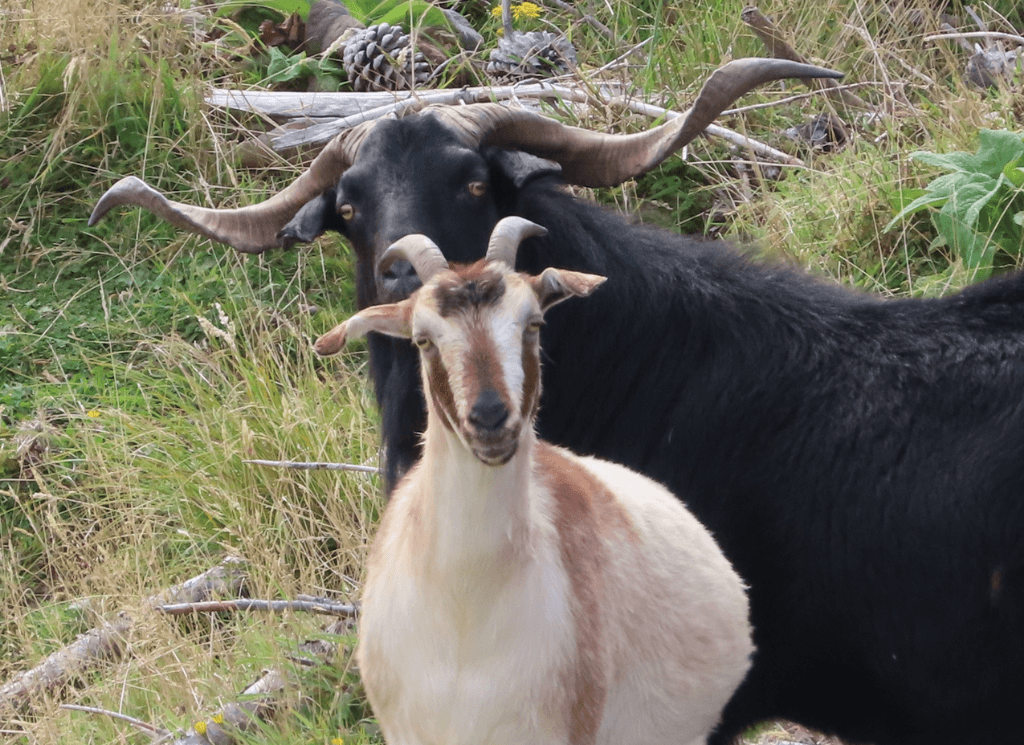
Poronui introduced trophy billy goats and some nannies to the estate from the North Island in the early years, then stepped back and let the goats do what goats do well — produce more trophy goats as the herd numbers grew. The quality animals remain and herd management removes those not showing promise while herd numbers are kept at a sealed level so the native bush is not adversely affected.
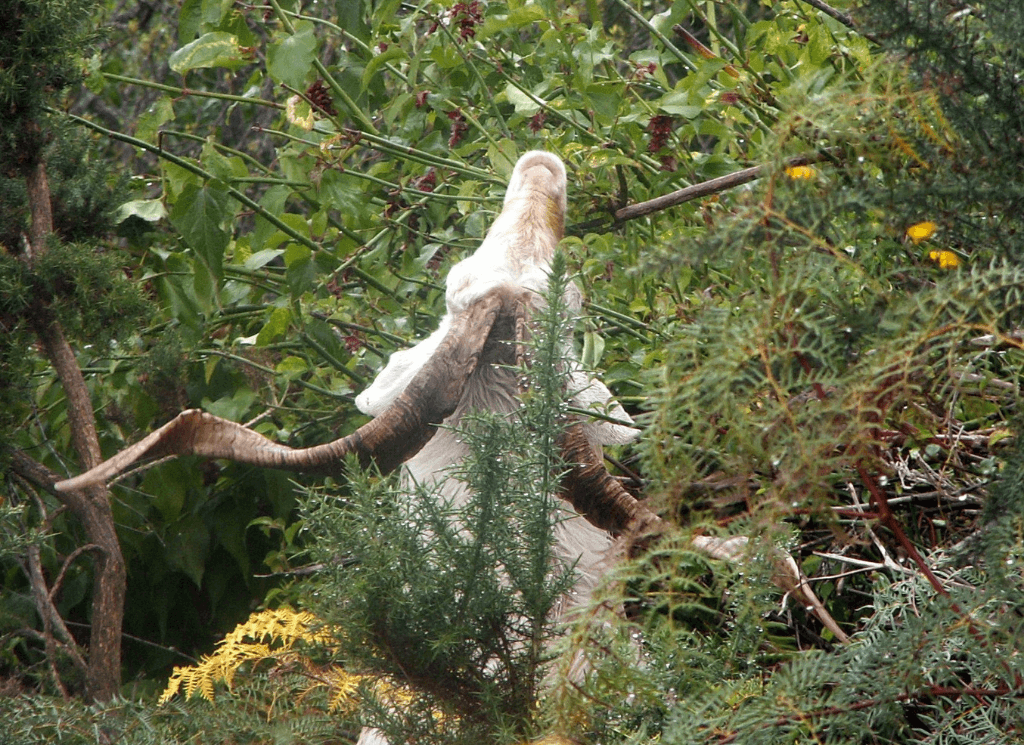
These photographs show the trophies I’ve observed during my trips to Poronui, and what can be achieved if an animal is allowed to reach an older age. Goats are sun lovers and will be spotted out feeding in the open when the weather is good, but come rain or squall they sprint into the bush seeking cover. They are very gregarious and very noisy, and at times can appear to be an easy beat. The reality is that hunters only get an easy first shot, and then, like a covey of quail, the survivors explode in all directions. In no time the hill face is empty. Like tahr, they feed to a set daily clock and the cunning hunter studies their routine then plans to ambush them by being at the right spot at the right time. Most shots are between 100–200 metres.
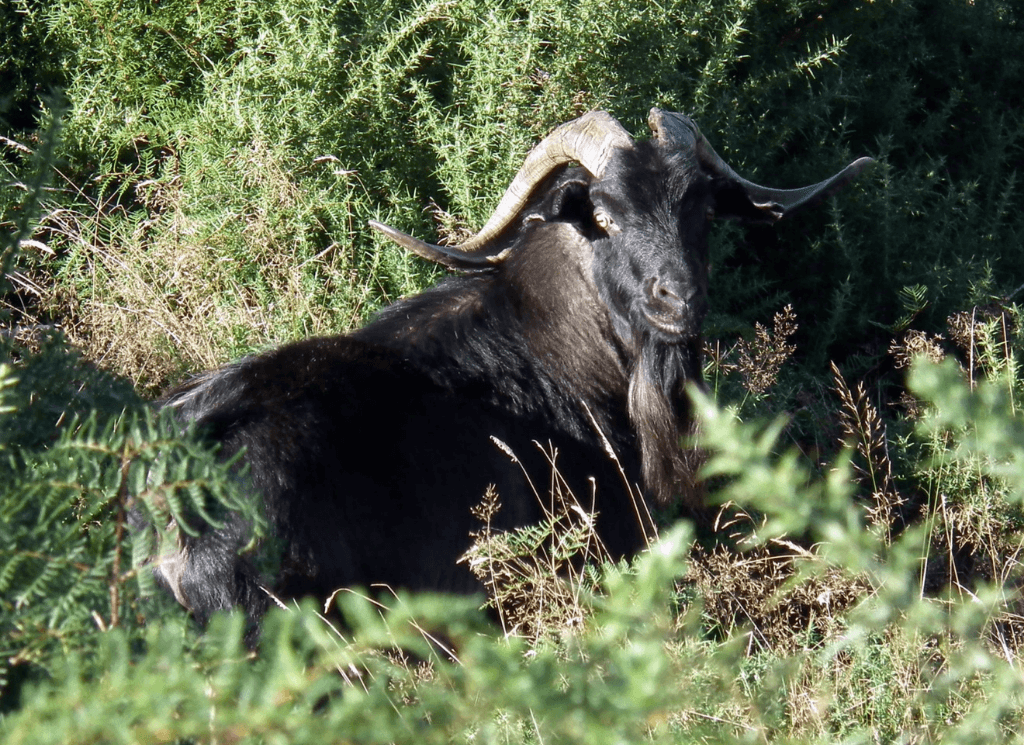
A top trophy is one whose horns spiral and are both wide and long. Some hunters also look for an animal with a colored cape and long beard. At Poronui, they are an opportunistic trophy as hunters are usually hunting deer when that top billy appears.
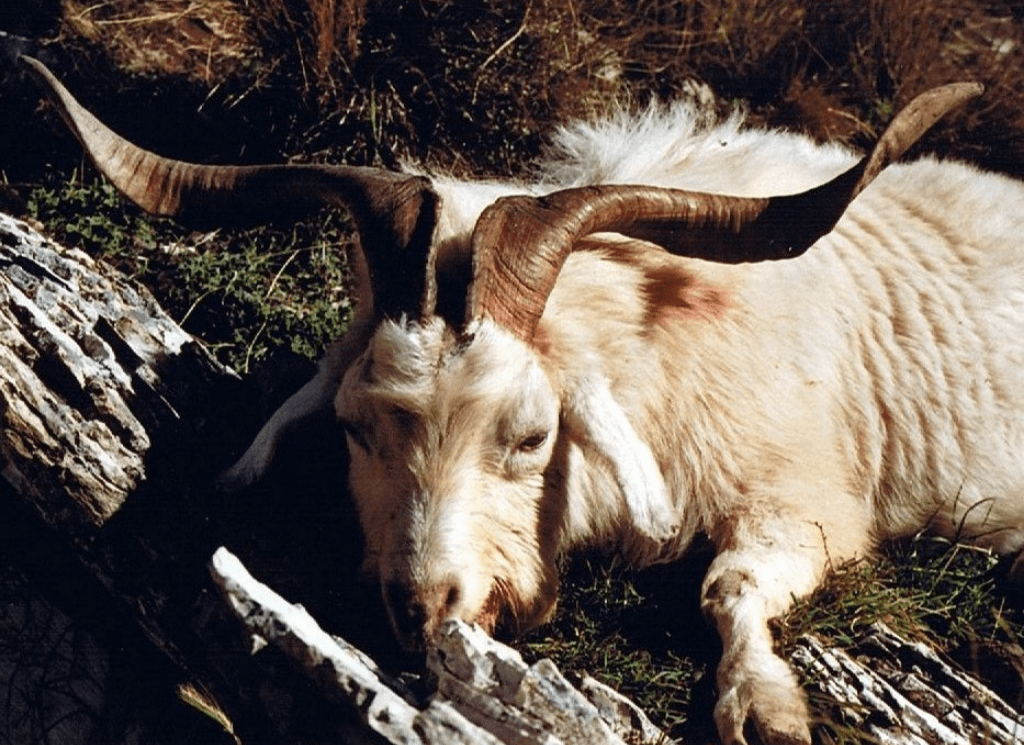
Want to ask a question about Poronui, personalise your vacation with bespoke itinerary options or find out about available dates?
Simply fill in your name and contact email address with a short message and we will get back to you.